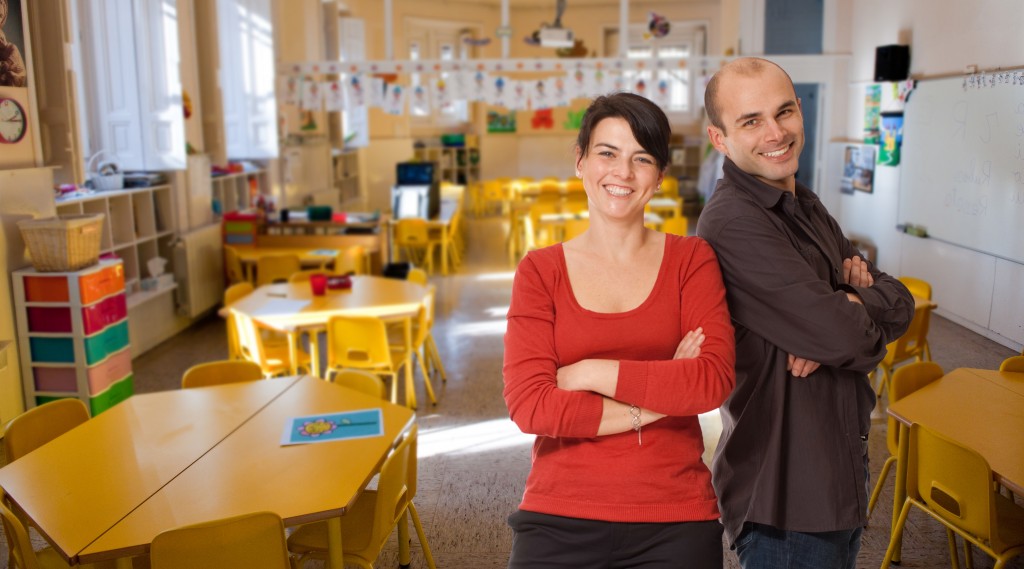The past 10 months have been tumultuous for the majority of businesses and organizations around the world. The COVID-19 pandemic has seen drastic changes to the policies, rules, and regulations on how people should be behaving in public. Around the world, education institutes and businesses have to make explicit changes to their daily operations to best serve students, customers, and potential clients.
Even though most public sectors would suggest putting a standstill to activities in society that might involve mass gatherings, which could potentially increase COVID-19 transmissions, for the most part, schools and universities have been utilizing remote learning in order to provide continuity of learning. However, most students and faculty would claim that remote learning can be mentally and emotionally taxing, especially when individuals are not facing each other.
In a lot of remote state universities in rural areas around the world, they have been incorporating the use of small-scale education as an alternative to full-scale face-to-face education. But how effective is it during the pandemic? What are other strategies that educational institutions can use? How will these educational institutes handle limited resources? Here’s what you’ll need to know.
Debt Forgiveness During The Pandemic
It’s well-known that even before the pandemic, most individuals have been taking up loans for education, mortgage, their car, and even healthcare. The average American will have a personal debt of around $38,000, excluding that of home mortgages. It’s also known that 42% of Americans who attended college would finish their degree with some form of college debt. While there are individuals that are able to finish paying off their debt, those that are working in industries that are heavily-hit by the pandemic might not be able to pay their loans on time.

Debt forgiveness and consolidation has been one of the more pressing movements that are being considered by the government, especially when it comes to college loans as a means of jump-starting back schools and enrollments.
We understand that during the pandemic, you might be struggling in paying off some of your monthly bills and debt, especially when different industries have been hit hard by the public health crisis. Fortunately, there are refinancing programs and debt consolidation programs that can help with mortgage loans which can help significantly make it lower.
Small-scale Education
The main premise of small-scale education is that it’s easier to manage and oversee a group of students that are in smaller groups rather than a whole class. Not only will this minimize any transmission of virulent agents, but this will also ensure that students can still concentrate without having to worry about the mentally taxing process of remote learning.
Still, most of the schools in states are known for adapting to different scenarios and situations. Much of the management still need to separate classes, cut down on recess time, lunch, and limiting school assemblies to small areas.
Most experts would say that this is a great way of tracing a student if ever they do have the virus. Once a student is found to be positive for the virus, it is easier to trace contacts, especially when it’s on a smaller scale.
There are a variety of ways of jumpstarting educational systems without increasing the likelihood of transmission. Most of these strategies are known for being an effective means of educating students at a local level without educators and students having to expose themselves to transmissions and risks. But even though it is effective, strict face mask compliance, safety measures, and policies should still be in full effect.
